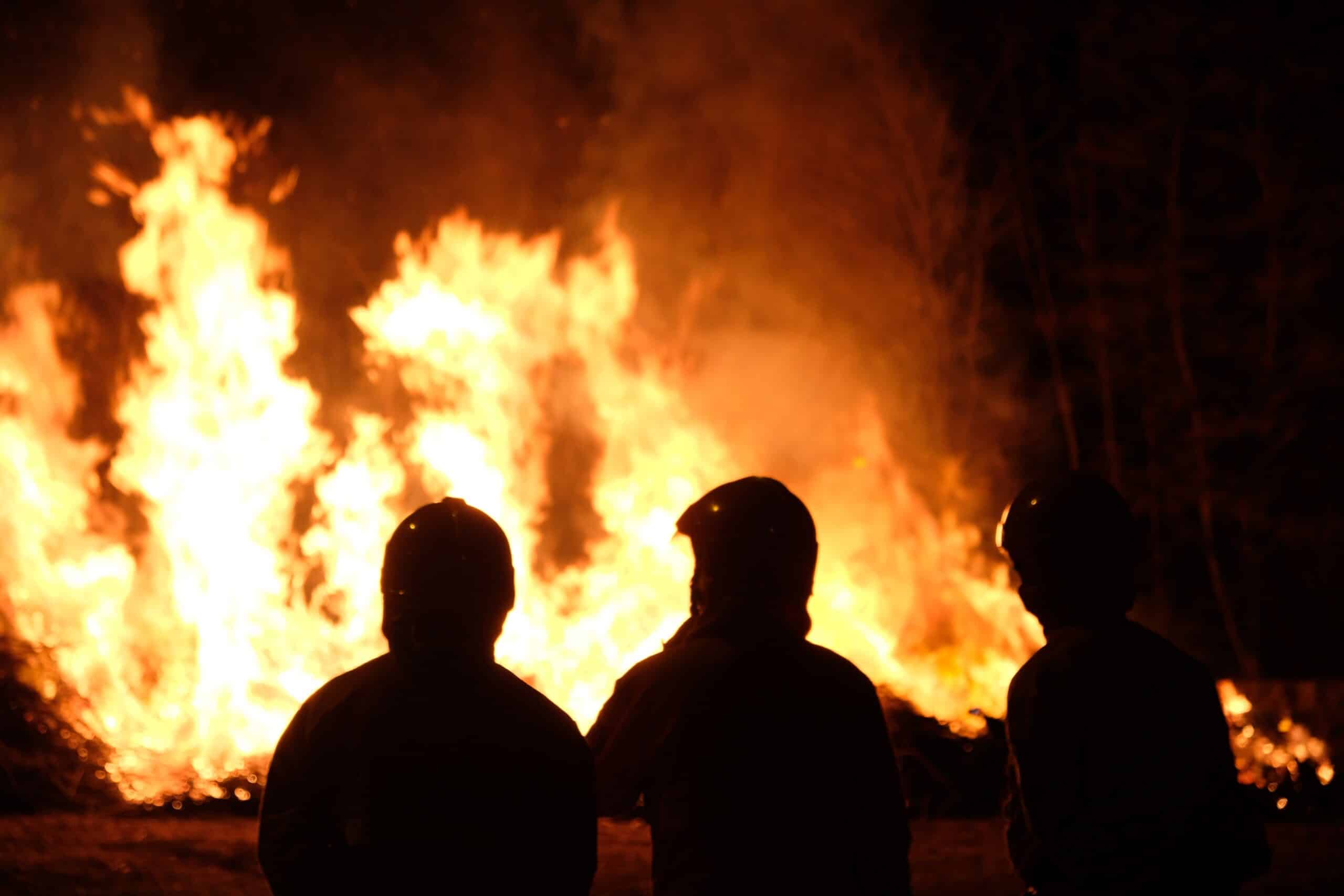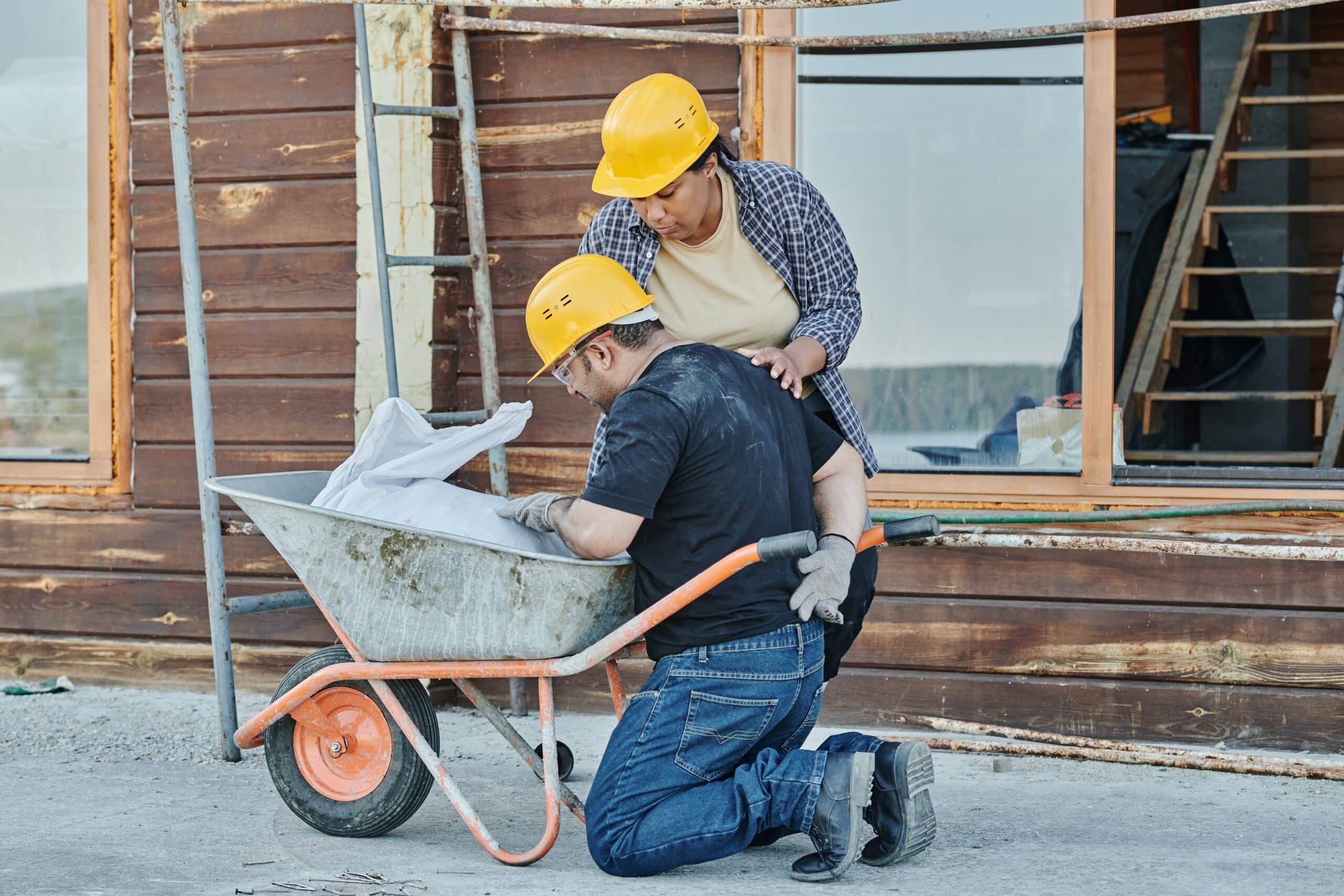Carpentry and woodworking jobs involve dangerous tools and dangerous working conditions that cause injuries to thousands of workers every year. According to the Bureau of Labor Statistics (BLS), there were 11,670 non-fatal injury or illness cases in 2019 that caused private-industry carpenters to miss work. That same year, 99 carpentry-related work injuries were fatal.
Carpenters handle projects from household handiwork to remodeling entire rooms to building entire structures from scratch. It is important for carpentry workers to become educated on the dangers of the work they perform as well as the measures they can take to keep themselves safe. Companies that employ carpenters must ensure that they are trained on safety issues and provided with the right tools and personal protective equipment (PPE) to keep them from harm.
What Threats Do Carpentry Workers Face on the Job?
Carpentry workers use their hands and, truly, their entire bodies to perform their work. The tools and techniques they employ on the job can leave them vulnerable to injury.
The work often involves sharp saws, heavy equipment, or power tools. The job can require lifting heavy or awkward objects, such as long planks of wood or other building materials. Carpenters also perform repair work in old-construction buildings that may expose them to dangerous airborne pollutants such as asbestos, which can cause serious, life-long health problems. Some work requires the use of ladders or working on scaffolds or other high platforms, putting carpenters at risk of falling.
What are Common Work Injuries Reported among Carpenters?
Sprains, strains, and tears are the most common cause of injury for carpenters, according to the 2019 data compiled by the BLS. That year, 3,180 carpenters suffered these injuries. Other common injuries that were part of the same report included fractures, which accounted for 2,540 cases; soreness and pain, 1,720; and cuts or lacerations, 1,640.
Most often the injury involved one of the worker’s hands. Other body parts commonly affected were the back, knee, ankle, and shoulder.
What Led to Injuries that Caused Workers to Miss Days?
At the top of the list, being struck by an object or equipment was involved in 2,710 work injury cases. Falls to lower levels made up 2,570 incidents. Events in which a worker was struck against an object or equipment, which differ from the struck-by injuries mentioned earlier, made up 1,080 cases. Falls on the same level were responsible for 1,050 injuries, while slips and trips not involving a fall accounted for an additional 760 injuries.
What Other Kinds of Injuries can Carpenters Sustain?
Cuts and lacerations seem to be the most obvious threats to workers who routinely use saws and other sharp tools, but these injuries can range from small flesh wounds to the loss of a digit or other amputation caused by a worker getting caught up in equipment with sharp or moving parts.
Besides cuts, trips, falls, and the other injuries represented at the top of the BLS list, there are many more types of injuries that threaten to harm carpenters. Although cuts, falls, and being struck by equipment are most common, there are many other causes of injuries that lead to lost days of work and significant health ramifications for the injured worker; some even cost workers their lives. These include the following:
- Respiratory injuries caused by exposure to mold, chemicals, paints, wood stains, solvents, and wood dust. Exposure to asbestos or silica dust can cause lasting injury that may not be detected right away.
- Auditory injuries can happen when workers are exposed to loud noises from power tools or other machinery. Ear protection should be worn whenever noise levels are dangerously elevated.
- Eye injuries may result from flying debris when sawing or hammering. Carpenters should wear protective goggles or safety glasses to shield their eyes from possible injury.
- Burns can injure carpenters who work with flammable materials.
- Lifting injuries are not uncommon among carpenters, who often transport bulky and heavy building materials and equipment.
- Repetitive strain injuries can result from work that involves the same motion being performed repeatedly, especially when holding heavy hand tools or reaching at awkward angles.
- Injuries from extreme heat or cold can affect carpenters, who often work outdoors. Those who work in unheated buildings when temperatures are low are also at risk. Heat-related injuries include heat exhaustion or heat stroke. Injuries from the cold can include frostbite; hypothermia; trench foot; and chilblains, which is a blood vessel inflammation that can cause pain, itching, burning, swelling, redness, and skin ulcers.
How can Employers Keep Carpenters Safe on the Worksite?
There are several steps employers can take to help their carpentry employees avoid injuries. These are as follows:
Training. Keeping employees safe can happen only if the employees are properly trained. Training should include lessons on proper lifting techniques, instructions on the specific hazards for the job at hand, explicit directions to employ all protective guards on dangerous machinery, and guidelines on what to do in the event of an accident.
Maintaining equipment. All tools and equipment must be in proper working order at all times. Having dull blades, rusty tools, or equipment in disrepair puts workers in danger of having an accident.
Keeping work area uncluttered. Effective housekeeping measures help avoid accidents on a jobsite. Maintaining a tidy worksite helps avoid trip and fall accidents while also removing fire hazards.
Providing PPE. Employers should ensure that carpenters have the protective gear necessary to keep them safe. Depending on the job tasks, carpenters may need gloves, goggles, respirators, ear plugs, or earmuffs to keep them safe from the dangers of the job.
Mt. Holly Workers’ Compensation Lawyers at Kotlar, Hernandez & Cohen, LLC Help Workers Receive the Benefits They Deserve
If you were injured while working as a carpenter, you should be able to collect compensation for the harms you incurred as part of your job. You should be able to collect benefits to cover any medical expenses associated with the work accident as well as payments for any lost wages you suffered while you were recovering. The Mt. Holly Workers’ Compensation lawyers at Kotlar, Hernandez & Cohen, LLC can help you secure your rightful benefits in the wake of a work accident. Call us at 856-751-7676 or contact us online for a free consultation. Our offices are in Mount Laurel, Cherry Hill, Trenton, and Vineland, New Jersey; and Trevose, Pennsylvania. We serve clients throughout New Jersey and Pennsylvania.





